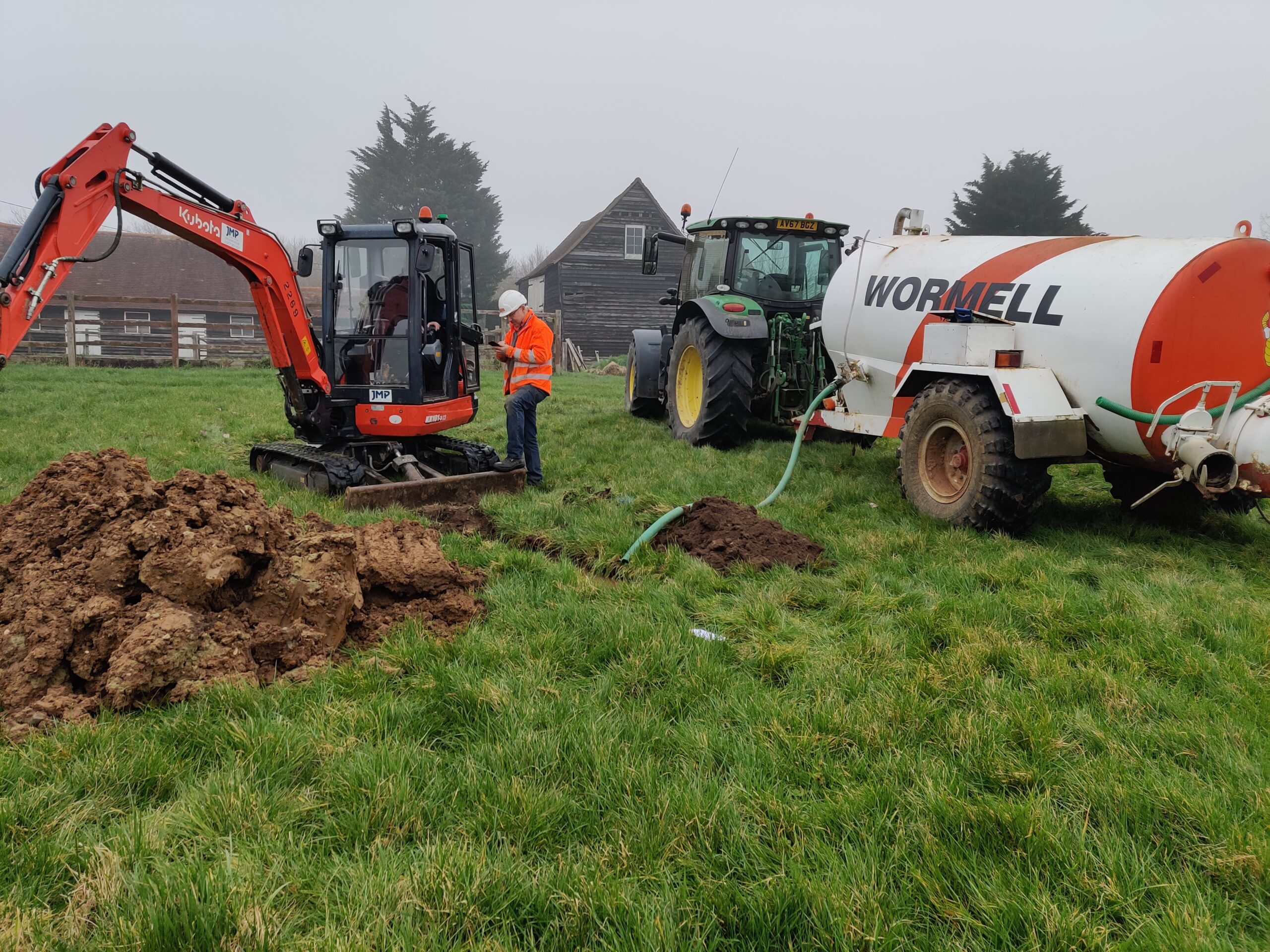
Gas and Groundwater Monitoring
Building Compliance Testing Limited can provide monitoring involves the regular assessment and measurement of gases and underground water levels to detect potential environmental contamination or changes in subsurface conditions..
Gas and Groundwater Monitoring
In-situ ground gas monitoring is undertaken to determine the level of ground gas protection measures required, particularly in areas with a history of contamination, landfill sites, or potential gas hazards. Borehole installations are monitored with an infra-red landfill gas analyzer to assess the presence and concentrations of various gases, including methane, carbon dioxide, oxygen, hydrogen sulfide, carbon monoxide, volatile organic compounds (VOCs), and semi-volatile organic compounds (SVOCs). Here’s how it works:
- Borehole Installation:
Special boreholes or gas wells are strategically drilled or installed in the ground, providing access to the subsurface to collect gas samples and assess the presence of hazardous gases.
- Gas Sampling:
Gas sampling involves the periodic collection of gas samples from these boreholes to evaluate the composition of gases present in the ground.
Gas samples are collected and analyzed for various components, including:
Methane (CH4): Methane is a combustible gas commonly associated with landfills and organic matter decomposition. It can be highly flammable and explosive.
Carbon Dioxide (CO2): Carbon dioxide is a natural component of the atmosphere. Elevated levels can indicate anaerobic conditions associated with landfill gas or other microbial activity.
Oxygen (O2): Measurement of oxygen levels helps assess the presence of aerobic or anaerobic conditions in the subsurface.
Hydrogen Sulphide (H2S): Hydrogen sulfide is a toxic and pungent gas produced by the decay of organic matter. It can pose health and safety risks.
Carbon Monoxide (CO): Carbon monoxide is another toxic gas that can be produced as a result of combustion processes or certain biological reactions.
Volatile Organic Compounds (VOCs): VOCs are organic chemicals that can readily evaporate into the air. They often include solvents and other industrial chemicals.
Semi-Volatile Organic Compounds (SVOCs): SVOCs are organic compounds with a lower vapor pressure than VOCs, which means they evaporate more slowly. They include compounds like polycyclic aromatic hydrocarbons (PAHs) and phthalates.
- Infra-red Landfill Gas Analyzer:
An infra-red landfill gas analyzer is a specialized instrument used to quantify the concentrations of these gases accurately, including VOCs, SVOCs, and the previously mentioned gases.
- Groundwater Monitoring:
Water Quality Analysis: Regular sampling and analysis of groundwater to assess the concentration of various contaminants, including heavy metals, solvents, and other pollutants.
Water Level Monitoring: Measurement of groundwater levels to understand changes in the water table, which can impact construction, contamination movement, and environmental conditions.
Well Installation: The installation of monitoring wells, which may be temporary or permanent, to collect groundwater samples and measure water levels.
Contaminant Plume Assessment: Tracking the movement and extent of contaminants in the groundwater to identify potential risks and the need for remediation.
- Data Analysis:
Collected data is analyzed to assess the potential risks associated with gas presence and concentrations in the subsurface.
- Risk Assessment:
Based on the gas monitoring results, a comprehensive risk assessment is conducted to determine the level of ground gas protection measures required.
The goal is to understand the potential for gas migration, human health and safety risks, and the need for site-specific mitigation measures.
- Mitigation Measures:
Depending on the monitoring results and risk assessment, appropriate mitigation measures are implemented, which may include the management of VOCs, SVOCs, and the previously mentioned gases.
Gas venting systems are used to safely release and disperse gases.
Gas barriers or membranes help prevent gas migration.
Sealing of subsurface structures is employed to protect against gas intrusion.
Additional monitoring and gas control measures ensure ongoing safety.
Ground gas and groundwater monitoring programmes are often site-specific and designed in response to site history, activities, and potential risks. These programs are typically conducted by environmental consultants and may be required as part of permitting processes for construction or industrial activities. The data collected from monitoring efforts are essential for ensuring environmental protection and the safety of site occupants and nearby communities.
Other Services
We can also offer a variety of specialist services through our Partners, including:
– Phase I Desktop Study and Preliminary Risk Assessment
– Phase II Intrusive Site Investigation
– Remediation Method Statement
– Verification Services
We’re friendly and knowledgeable bunch so why not get in touch for a chat. You can always contact Building Compliance Testing with any questions through phone, email or our online chat service.
Don’t worry, we don’t charge for advice given over the phone, so why not ask for a free quote?
01621 493 594 | contact@buildingcompliancetesting.com
Let's Talk About Your Project?
Questions? We've Got Answers!
Find below a list of common frequently asked questions about Air Permeability Testing.

